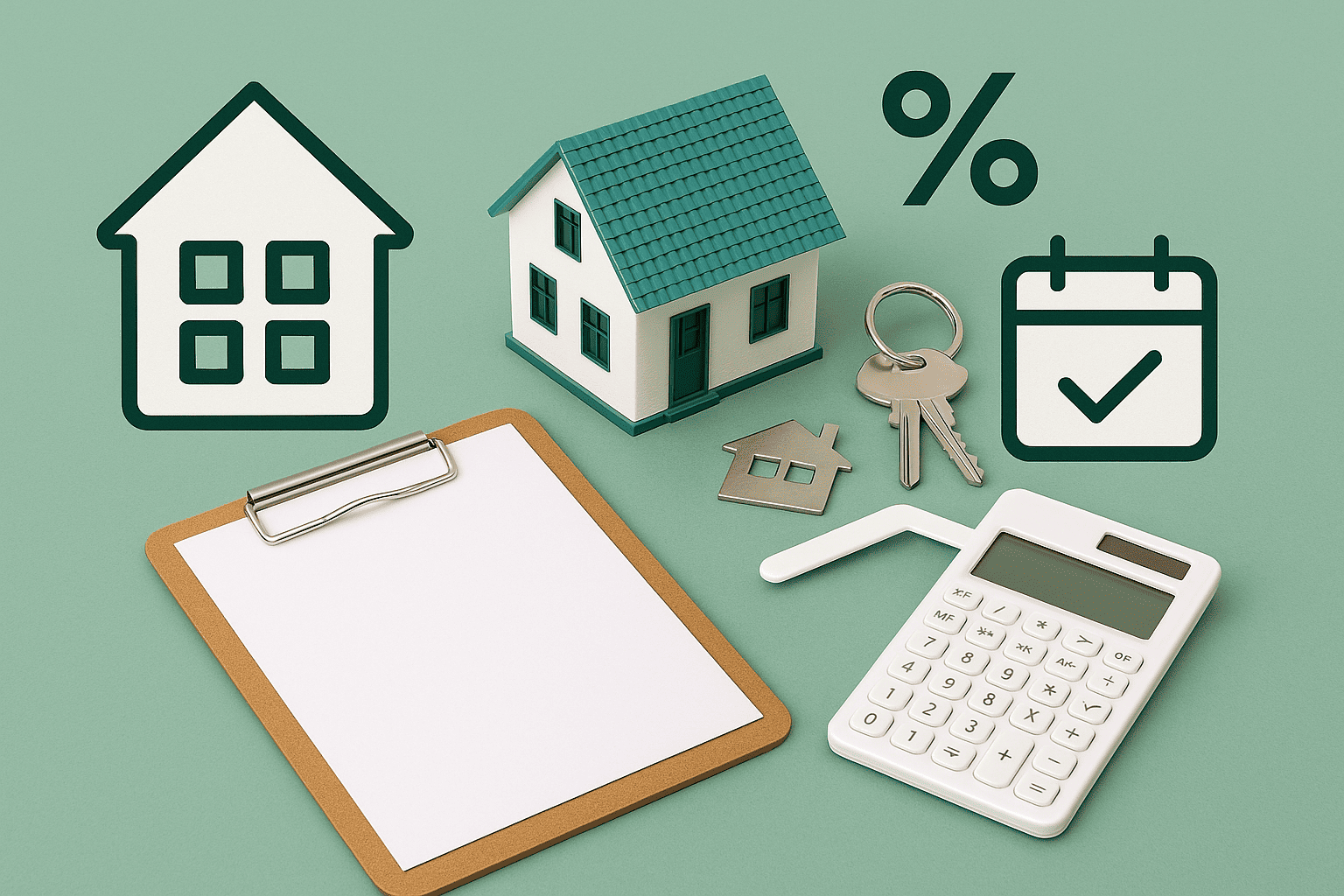
The loan amount is the maximum amount you can borrow to purchase a home. It is calculated based on your financial situation and national lending standards. This amount determines how much mortgage you can get. It forms the foundation of your home search.
Note: The loan amount is not the same as your total budget. You still need to pay for additional costs, such as 'kosten koper,' closing fees, and potential renovations.
How is the loan amount calculated?
Your loan amount is based on several factors, including:
- Gross annual income.
- Fixed expenses and existing debts.
- Financing burden percentage.
- Mortgage interest rate.
- Mortgage term.
- Energy label and sustainability features.
- NHG eligibility.
Gross annual income
Your gross income is the main basis for calculating your loan. This may icnlude:
- Salary from employment.
- Income from self-employment (based on the past 3 years).
- Pension income.
- In some cases, child support or benefits are partially icluded.
Are you buying a house with a partner? Both incomes may be, partially or fully, considered.
Fixed expenses and debts
Do you have a student loan? A car lease? Or do you have other debts or financial obligations? If yes, then your borrowing capacity may be lower. Lenders always consider your monthly debt payments.
Note: A phone subscription also counts as a financial obligation.
Financing burden percentage
Each year, the government determines the maximum percentage of your gross income that can go toward mortgage payments. This is called the burden percentage. It depends on
- Your income.
- The interest rate.
A higher interest rate means a lower percentage. This also means a lower loan amount.
Note: This percentage is a guideline, not a strict rule. Lenders may deviate from it.
Mortgage interest rate
The current interest rate has a big impact. If rates rise, you can borrow less with the same income. That's why loan amounts tend to be higher when interest rates are lower.
Mortgage term
Most mortgages in the Netherlands have a term of 30 years. You can also choose a shorter term. The shortest term is 12 months, and the longest term is 30 years.
- A short-term means higher monthly payments. This results in a lower amount you can loan.
Energy label and sustainability
Since 2024, you can borrow extra if the home is energy efficient or if you plan to make energy-saving improvements:
- Energy label A or better? You can borrow up to €10,000 extra.
- Planning to make sustainable upgrades? You may borrow up to €9,000 extra.
National Mortgage Guarantee (NHG)
NHG offers extra financial security and can reduce your interest rate. If you can no longer afford your mortgage due to circumstances like divorce or disability, you might need to sell the place. If your home sells for less than the mortgage, NHG will most likely cover the shortfall.
The maximum loan amount under NHG (part of the Homeownership Guarantee Fund) is updated annually. In 2025 the NHG limit is €450,000, and €477,700 if it's with sustainability upgrades.
Note: There are some conditions that apply.
Loan amount is not the total budget
In the Netherlands, you can borrow up to 100% of the home's value. However, all additional costs must be paid from your own savings. These costs include:
- Closing costs (notary fees, transfer tax also known as 'kosten koper').
- Renovation costs.
- Moving expenses.
How much can you really borrow?
Your exact loan amount depends on your personal situation. You can:
- Use an online calculator for a quick estimate.
- Schedule a (free) consultation with a mortgage advisor.
- Get a final calculation and official offer from a bank or advisor. This is required if you are signing the purchase contract.
Note: How much you can borrow can vary by lender due to different acceptance criteria.